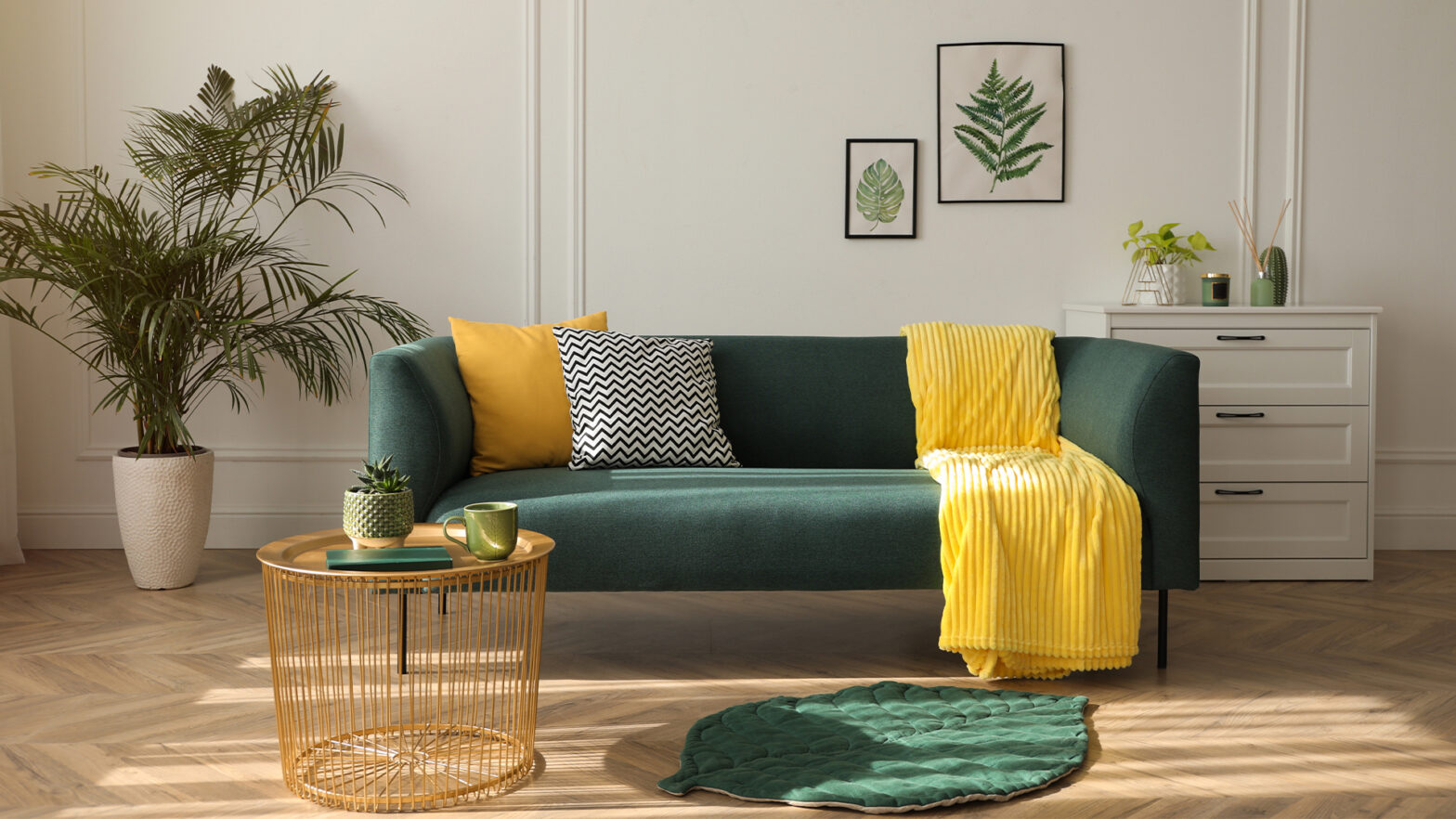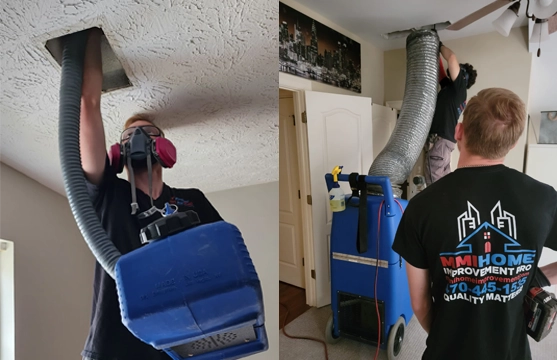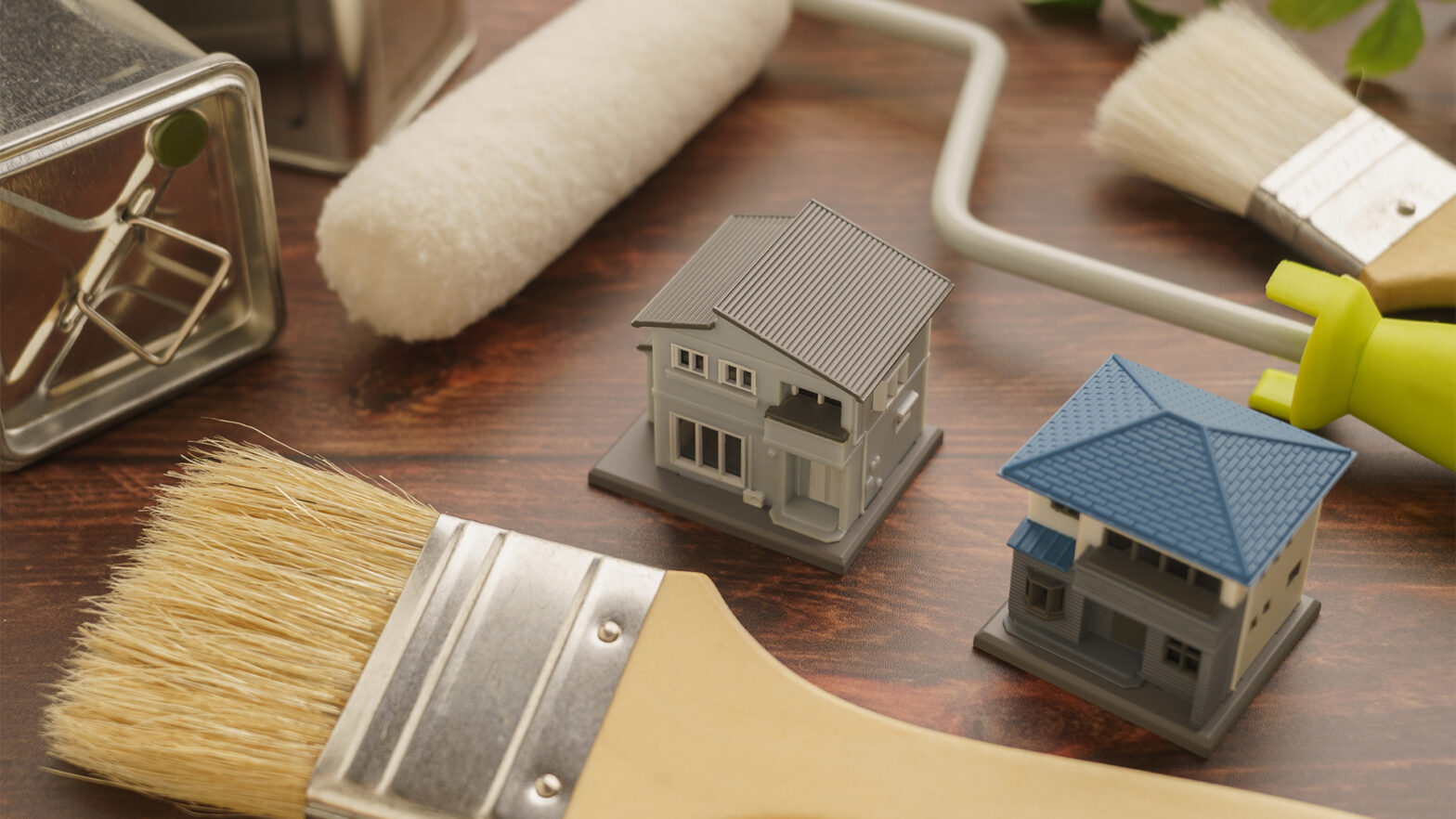
The sofa is a vital part of our home, with the average person spending almost an entire day of the week on their sofa.
However, Lena Gierasinska, Head of Product and Displays at Barker and Stonehouse shares that many of us may be sitting on a faulty or uncomfortable sofa.
Research by the brand shares that almost nine in 10 could be sitting on sofas that they aren’t comfortable on, and a third shared they continue to sit on a damaged sofa.
Lena adds that, “The average sofa tends to last between 7 to 15 years, with higher quality sofas lasting closer to the latter given the right care. Although, it is common that interiors will lose at least 10% of their density in the first 3 months, increasing to 20 to 30% over time.”
She shares that these signs of wear and tear may mean your sofa needs to be replaced, explaining, “Sagging seats can occur as a result of continuous pressure in one area, however, if the cushions continue to sag after a vigorous plump, it may be a sign that the density has completely gone and needs renewing.
If your sofa creaks when you sit or apply pressure, this may mean the springs are worn-out or that the frame has weakened over time. This may require repairs, but if the creaking is severe, it may mean your sofa is at the end of its life.
You may see worn patches in the upholstery or tears and cracks in the seams, which can be aesthetic damage. However, if the damage is severe, I would recommend replacing.
A clear sign you need to replace your sofa is by the smell. If you are hoovering or plumping up your cushions and the sofa releases a distinct odour, this may be due to a lack of proper cleaning over time and may require replacing.”
To help prolong the life of your sofa, Lena shares 10 care tips to follow.
- Daily maintaining is required by vigorously plumping cushions to offer maximum performance.
- Keep pets off the upholstery and be careful of sharp objects such as belt buckles, toys and watch straps snagging the fabric.
- Use protective arm caps where possible.
- Reversible seat and back cushions should be turned regularly and plumped up to maintain their shape.
- Don’t place your sofa in strong sunlight, as it can cause fabrics to fade.
- Sitting on the front edges of cushions or on the arms of furniture may cause distortion or
- damage.
- Plump the cushions at the end of every day of use, particularly those filled with feather or fibre.
- Smooth out the surface to prevent permanent creases being formed
- Clean your upholstery regularly and before soiling becomes ingrained
Speaking to Dr Deborah Lee of Dr Fox Online Pharmacy, an uncomfortable or damaged sofa is not only an aesthetic issue, but can severely impact our spines and posture.
“Spinal surgeons firmly believe that sinking into the couch, and not having the correct support for your neck, back and spine is a common reason for worsening low back pain. I would urge everyone, especially those with a tendency to back pain, or chronic health problems such as headaches, anxiety and depression to invest in a good quality sofa. This means that your ‘44 days of relaxation on your sofa every year’, will provide the correct support to your spine and help minimise many of your other symptoms. A good quality sofa is probably one of the best things you can do to improve your overall health, relaxation and quality of life.”, adds Dr Deborah Lee.
































